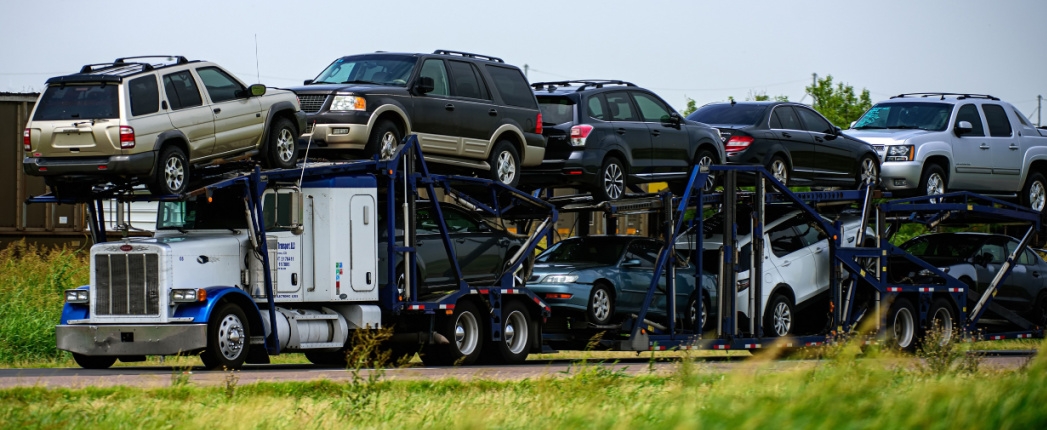
Auto sales in the United States declined 8% to 13.7 million units in 2022, the lowest full-year sales total since 2011, according to data released by an automotive dealers association earlier this month. The decrease was attributed primarily to the ongoing semiconductor microchip shortage and additional supply chain disruptions.
Vehicles classified as light trucks – including vans, pickup trucks and SUVs – accounted for 79% of the 13.7 million vehicles sold last year, a 2% increase from 2021, the National Automobile Dealers Association found. Crossovers remained the most popular purchase, at 45% of all new light-vehicles sold.
Internal combustion engine vehicles accounted for 88% of sales in 2022. Alternative fuel vehicles gained 3% in vehicles sold, with their market share accounting for 12% of all vehicles sold. Hybrids accounted for 6%, electric vehicles for 5% and plug-in hybrids for the remaining 1%.
“Simply put, there were more buyers than there were cars in 2022,” NADA Chief Economist Patrick Manzi said in a press release. “With razor thin inventory levels, vehicle sales took a bit of a hit in 2022.”
The association noted that inventory levels at the end of December did show the inventory situation’s gradual improvement during the year, totaling 1.7 million units, a 49% jump from 1.1 million at the end of 2021. According to Wards Intelligence, North American light vehicle production is expected to total 14.2 million units in 2022, with production forecasted to rise to 15.4 million in 2023, reflecting a gradual improvement in supply chain issues.
As the nation’s inflation situation improved since June last year, the association said, so has consumer sentiment, which has ticked up since reaching its lowest point during the summer months when inflation was at its highest point. Despite this improvement, NADA noted, consumer sentiment remains very low when compared to pre-pandemic levels and the post-vaccine peak level in April 2021.
“Despite pressures on the economy and consumers’ wallets, new-vehicle demand remains elevated,” Manzi said. “With the worst of the chip shortage behind us and new vehicle production set to increase, new vehicle sales are expected to improve in 2023 after declining last year.”
Research firm Cox Automotive had a more pessimistic take on 2023, saying that 2022 closed with its lowest sales volume in a decade and will be recorded as a year that began with inventory challenges and ended with demand issues.
“As the market closes out 2022 and we look to the year ahead, there is little reason to believe retail vehicle sales will increase in any meaningful way,” Cox Automotive Senior Economist Charlie Chesbrough said in a press release. “With high auto loan rates in place and inflationary pressures on American consumers, vehicle affordability will continue to put downward pressure on the U.S. auto market.”